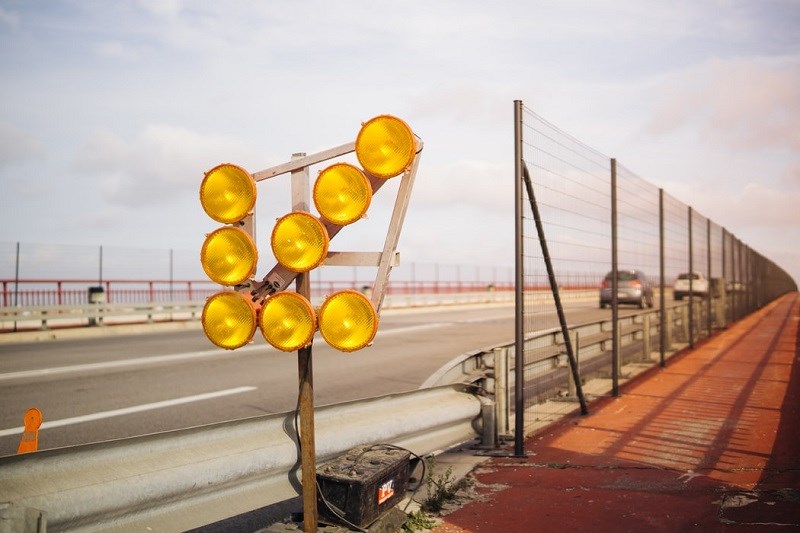
Last fall, Warren MacKenzie held a lecture series called The Joy of Money at the Life Institute at Ryerson University in Toronto, a life-long learning program for adults over the age of 50. 88% of the 50 attendees aged 50+ said their greatest fear concerning money was the cost of health/nursing home care.
“Given that after COVID-19 most investment portfolios are lower now, I expect an even higher percentage would have this worry,” says MacKenzie, head of financial planning at Optimize Wealth Management in Toronto, and author of Zen and the Art of Wealth, The Philanthropic Family, and The Unbiased Advisor. He adds that it is human nature that when someone fears they’re running out of money they constantly think about the future and don’t enjoy retirement to the fullest – even when they do have enough.
To curb these fears, retirees need a proper financial plan based on “conservative assumptions,” says MacKenzie. If the plan shows there is a danger of running out, it should also show what needs to be done to ensure this never happens.
In retirement, having a good financial plan is also a top priority for Aaron Hector, a vice-president and financial consultant at Doherty & Bryant Financial Strategist in Calgary. “If you don’t know the trajectory that you’re on, and whether you have enough to live a good life, how can you make educated decisions?” he asks.
How Long Will Your Money Last?
Three key factors impact how long money will last:
- The rate of return on investments
- The amount you spend
- Whether or not there’s a big drop in the market
MacKenzie anticipated a significant drop in the market months before and anticipates still another. He says a portfolio should be in a ‘goals-based’ asset mix and follow a disciplined investment process.
Looking ahead, retirees should assume that a balanced portfolio will generate a lower average rate of return than it has generated over the past dozen years. “Going forward, we’ll be lucky if we get a 4% return over the next 10 years with a 50% equity and 50% fixed income asset mix,” says MacKenzie, adding that following a disciplined investment process is more important than trying to find the best investment product.
The Cost of a High-Expense Lifestyle
Having a vision, thinking about what the next 20 or 30 years are going to look like, and what plans you need to make to get ready for the future are important considerations. Both MacKenzie and Hector stress that you need to know if you have a surplus of money or not enough, and the steps you can take in either situation to meet your goals.
Recently one of MacKenzie’s clients, a single woman aged 70, sought his advice on the sustainability of her portfolio. Based on a financial assessment, Lynn, who has been living a lifestyle based on a higher-risk growth portfolio averaging about 7% after fees, will have to adjust to anticipated lower market returns. Her portfolio includes $450,000 in a RRIF, $90,000 in a TFSA, and $400,000 from an inheritance. She has no defined company pension.
Currently, Lynn pays $3000 for an apartment in downtown Toronto and spends about $7000 a month on a high-end lifestyle. Based on her current aggressive spending and a history of longevity in her family, her money is not expected to last beyond her 90s. MacKenzie recommends that she reduce her spending and reduce risk by moving into a more moderate condo, or, for ideal savings, outside of Toronto.
Wealth and Health
When planning, factor in health challenges. “Medical issues can crop up and surprise people,” says Hector. Many of his clients, in the mid-to-late 70s range, if not all in this age group, either had one spouse who is no longer with them, or in the case of two living spouses, one or both of them had experienced serious or not-so-serious health events in the last couple of years.
Equally important at this time, if not earlier, is legacy planning. “Don’t avoid having conversations with family members, unveiling the secrecy behind financial affairs,” Hector says. Among those conversations, share your wishes and let your family know where to find important legal/financial documents!
Valerie and David, a couple in their 70s, are Hector’s clients. Valerie is recovering from an unexpected cancer scare, and the dramatic drop in the market in March has added new fears to their future.
Hector alleviated their concerns by reinforcing the discipline of their financial plan. Valerie and David have a combined total net worth of approximately $2 million, of which $1.5 million is in portfolio assets. They're spending about $75,000 a year after taxes and have about $100,000 in pure cash in a high-interest savings account in the bank. “I think it’s really important,” says Hector, “for people to have at least that one year of spendable money on hand, especially as you go through volatile periods of time like we’ve had.”
In addition, each month the firm sends them a payment out of their investment portfolio so that hopefully that one-year cash buffer remains intact in their bank account.
A Word on Risk
An individual should take on as much risk as necessary to achieve their goals, but no more.
To safeguard portfolios in general, the risk perimeters vary according to individual clients and their specific circumstances, but their investments should include a blend of some conservative investments in fixed income and equities.
“It’s almost a moment of reflection now that we’ve had this rebound. Ask yourself, how did you feel going through the dramatic market event?” Hector says. For example, if you had a 50% equities/50% fixed income asset mix, perhaps you can still meet your long-term objectives with a mix of 60% bonds/40% equities to reduce the volatility. But you need equity exposure for the growth that you need over the next decade, adds Hector.
When the markets go down dramatically, it’s also a time to focus on tax implications and what you can do with lower portfolio values. Diversification among investments is essential to protect portfolios, but from Hector’s experience, there are many individuals who are not very well diversified.
“I was saying to clients, why don’t we use this moment when many investments are lower to take out your annual RRIF withdrawal and move it to your TFSA where it’s all tax-free. Or if it’s invested in a non-registered account, it is taxed at half your normal tax rate,” Hector notes.




















